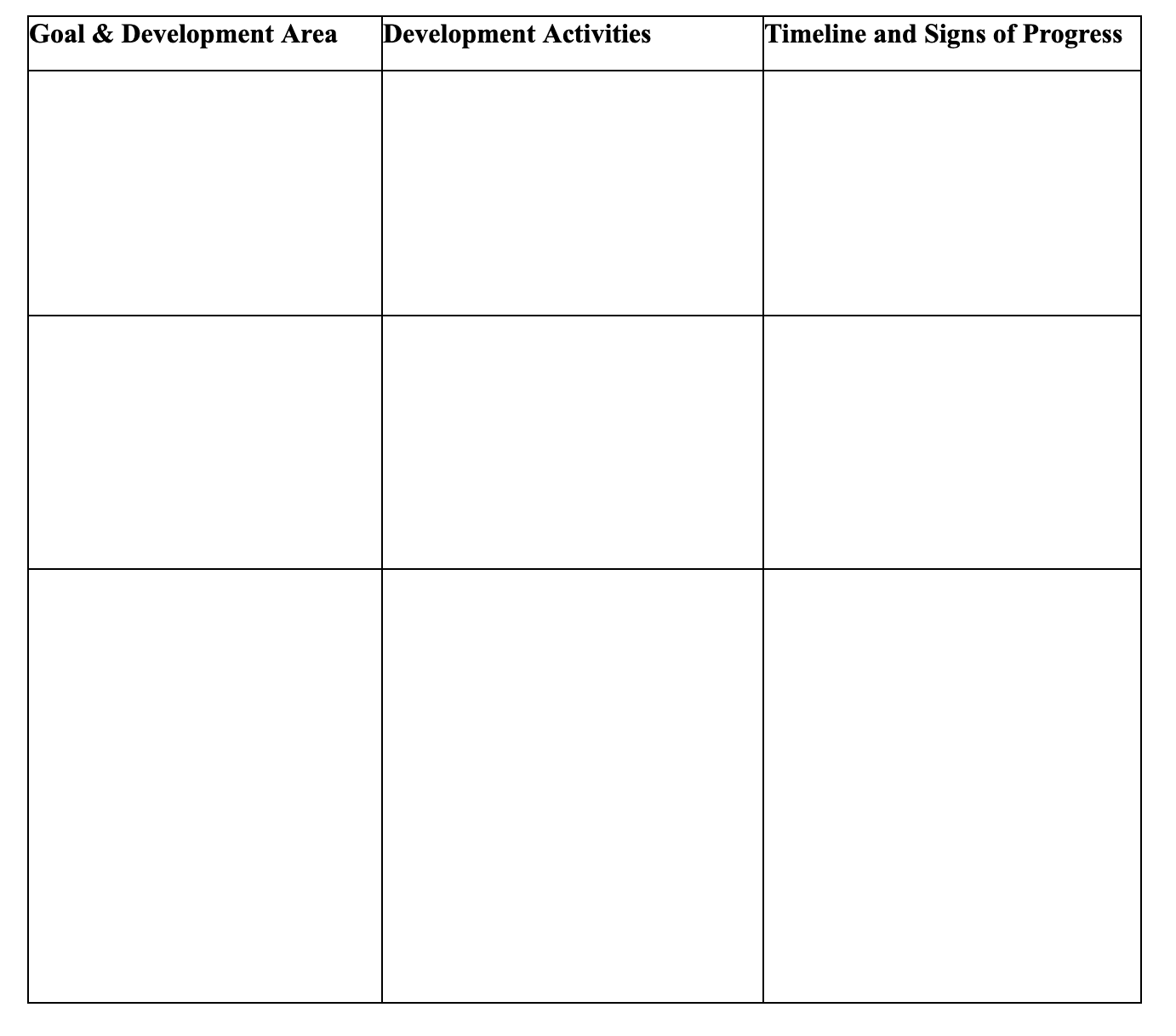Professional Development Plan: A Gift To Yourself
As a young professional, the best gift you can give yourself is a professional development plan (PDP). It doesn’t matter where you are in your career path right now. Whether you’re in the field of your dreams or a job you couldn’t have imagined in a million years, a PDP can help you develop your skills in the right direction.
What Is a Professional Development Plan & Why Do I Need One?
A PDP is basically a road map that you create to take you from where you are now in your career to where you want to be. It helps you define your professional goals, list steps you need to get there, and set a time period for your journey. Much like life, it is not static. You can update it along the way as you discover new skills you need or adjust your career goals.
A popular cliché I hear a lot is “learn something new everyday.” The thing about clichés is that they are often true – at least in part. You probably thought you were done learning the moment you received your diploma. But that’s not true!
Whether you work in the field you got your degree in or not, there’s always more learning and growth to do. A professional development plan can guide you toward your goals and identify what skills you need to work on. It can also stave off discouragement and give you a sense of control over your career path.
How to Create a Professional Development Plan
When I started at the Cardinal Institute as an entry-level communications associate, I didn’t have any formal education in communications. That’s right – I barely knew how to tweet, let alone manage websites, write press releases, or analyze social media metrics. Creating a PDP helped me grow in my role, boost my skills and confidence, and earn a promotion.
First you have to decide what your goal is. Do you want a new title? Do you want to launch your new side-hustle or become self-employed? In my case, I wanted to become Communications Director. So, I sat down with my boss to discuss which skills he thought I needed most. Afterwards, I combined the skills he thought I needed with the skills I wanted to gain.
The second step was identifying what activities I needed to participate in to develop those skills. That can include anything from watching YouTube tutorials to calling another professional you admire to earning a formal certification. I’ve personally done all of the above. If you work in the liberty movement (or want to), a great place to start is the Leadership Institute or even AF’s membership activities.
Finally, set a timeline for yourself. Every goal needs a defined time frame. This ensures you stay on track. It also keeps you from biting off more than you can chew. The timeline will look different for every person and each goal. Don’t compare yourself to others – just choose a deadline that you believe is reasonable and stick to it. This includes setting smaller time frames along the way for specific skills you want to develop.
Resources for Creating Your Own PDP
1. Professional Development Template
Below is the template I use for creating my professional development plan. I can’t take credit for it. The great trainers at the Koch Associate Program gave it to me. It allows me to visualize my success and continue to grow.
Professional Development Plan | Name |New Title or Position/Goal

2. Questions to Ask Yourself
- Where will you focus your development efforts?
- Why is this goal or development area important?
- How will you accomplish your development goal?
- When will I start each activity?
- How long will each activity take, and how often will I check in on my progress?
- What is the impact of my goal on myself and my team?
My final piece of advice for creating a professional development plan is to never give up. Some goals may take longer than you expected. You may discover a particular skill is really difficult to learn. And that’s okay. Growing as a professional and as a person takes time, effort, and some grit. Give yourself some grace. Don’t give up. You won’t regret it; I promise.




